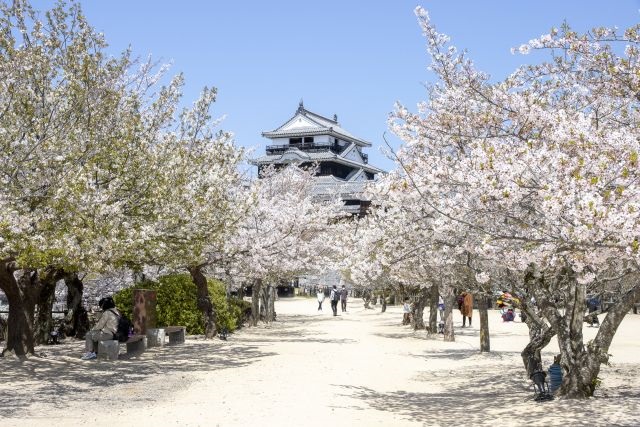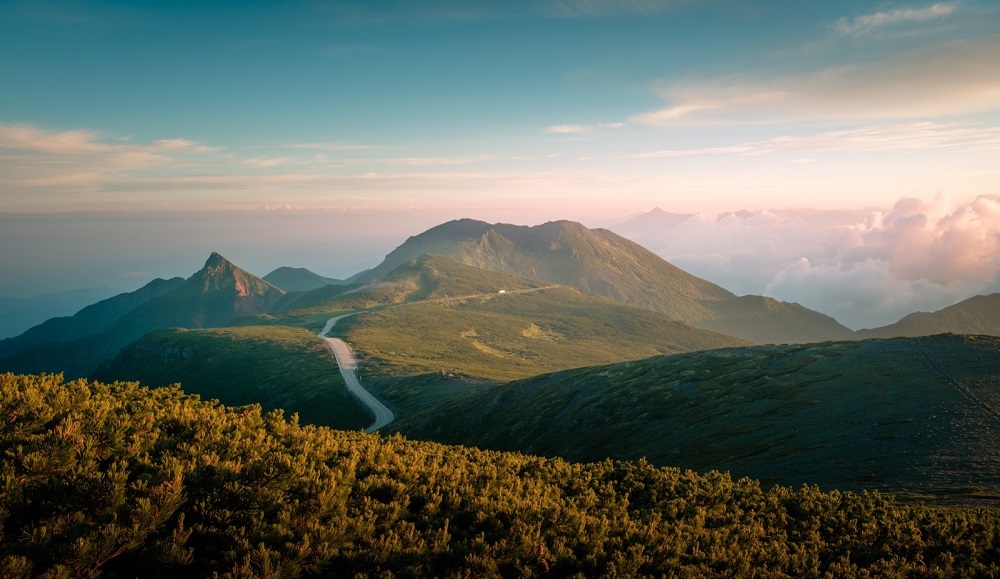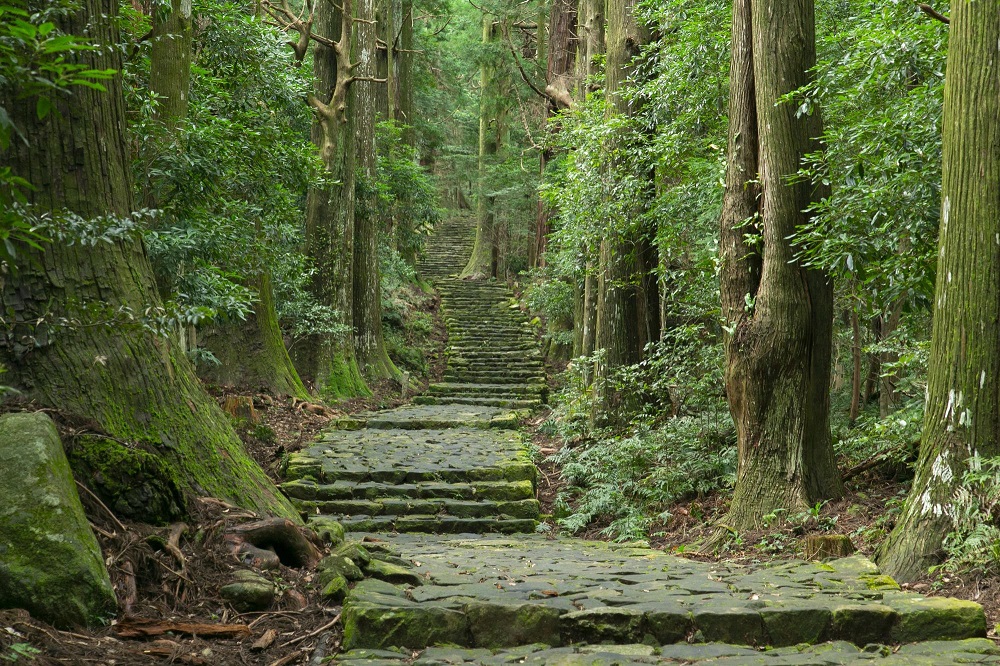Japan on foot: The best pilgrimages across The Land of the Rising Sun
Contributors are not employed, compensated or governed by TDM, opinions and statements are from the contributor directly

Japan is an island country ever-changing with the seasons, full of mountainous landscapes and deeply rooted in the practice of respecting all living things. Exploring by pilgrimage route is an idyllic practice for outdoor enthusiasts, as well as those wanting to take in the ancient spiritual paths, and the life-long lessons as a result. The diverse landscapes and alpine power are best experienced first-hand on foot, and there are routes of all lengths across the country to offer an unforgettable walking holiday.
Experience the 88-temple pilgrimage in Shikoku
A 1,200km circular route invites pilgrims to 88 sacred temples, immersed in the natural surroundings of Japan’s smallest major island. Though the traditional walk of the entire pilgrimage could take around six weeks, it’s common to kugiri-uchi, meaning to complete sections at a time. This allows visitors to be exposed to the mindfulness the route calls for, and its wild scenery, without the time commitment. Time spent on this sacred pilgrimage will hit all of the senses, with its vistas of both sea and mountain, traditional culinary delights and ancient locations.

Step back in time on the Kumano Kodo
With one of the earliest recorded visits being in 1109, the Kumano Kodo has long been a beautifully remote pilgrimage. Three grand Shintō shrines of Kumano, collectively known as Kumano Sanzan, link each route through dense mountainous forests and secluded villages. As there is not one route to be followed but several, the region allows for all fitness levels and interests, from cooling off at the tallest waterfall in Japan to marvelling at an 800-year-old pine tree.
Go coast to coast across three Holy Mountains
Discover the scenic coasts and rugged peaks of Japan trekking from the Yamagata prefecture to Miyagi on the Pacific coast. The journey encounters the Three Holy Mountains of Dewa – Mt Haguro, Mt. Yudono and Mt. Gassan – inviting pilgrims on a spiritual journey of transformation and rebirth as experienced for many years by training Haguro Shugendo monks. Amongst the densely forested trails nestle sacred shrines and pagodas, each with its own history and story of worship. Ocean and farm-to-table dining experiences can be found along the way, as well as local farmers, fishermen, artisans and mountain priests who connect hikers to their traditions and history.

Take the challenging route to enlightenment in Tottori
To the east of the Daisen-Oki National Park lies Mount Mitoku, whose scaling hike has been said to mirror the Buddha’s own route to enlightenment. One for more adventurous travellers and those with the concentration to match a monk, the climb starts amid primaeval tree roots and rocks lined with chains to give a helping hand. Ancient temples and mountainside views guide the way, as the hike ends with the welcomed arrival to Nageiredo, meaning “thrown-on temple”, a national treasure shrouded by the mystery of its creation.
Venture into the centre of Shingon Buddhism in Mount Koya
A designated World Heritage Site and a famous religious city, the Koyasan Choishi Michi pilgrimage offers a quiet trek through thick forests and hundreds of temples. Once used by women to experience the presence of the temple site without entering, due to Koyasan’s ban on female visitors, the trail offers views of the religious architecture of the area and is marked by 180 stone signposts. While in Koyasan, there are renowned thousand-year-old temples and temple lodgings to visit or stay in, while visitors can also learn more about the Shingon Buddhism faith through meditation and“shakyo” calligraphy experiences.


Comments are closed.